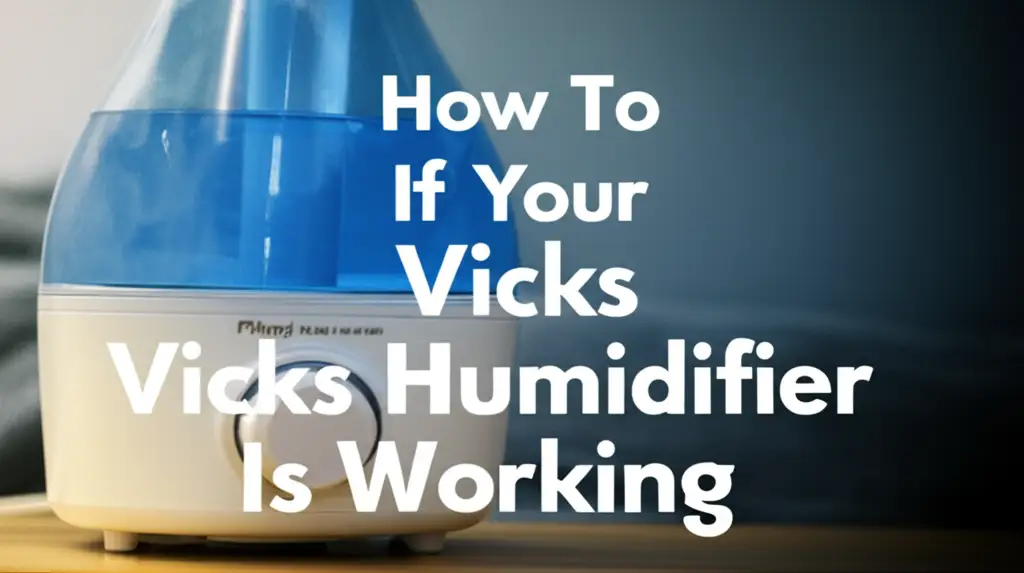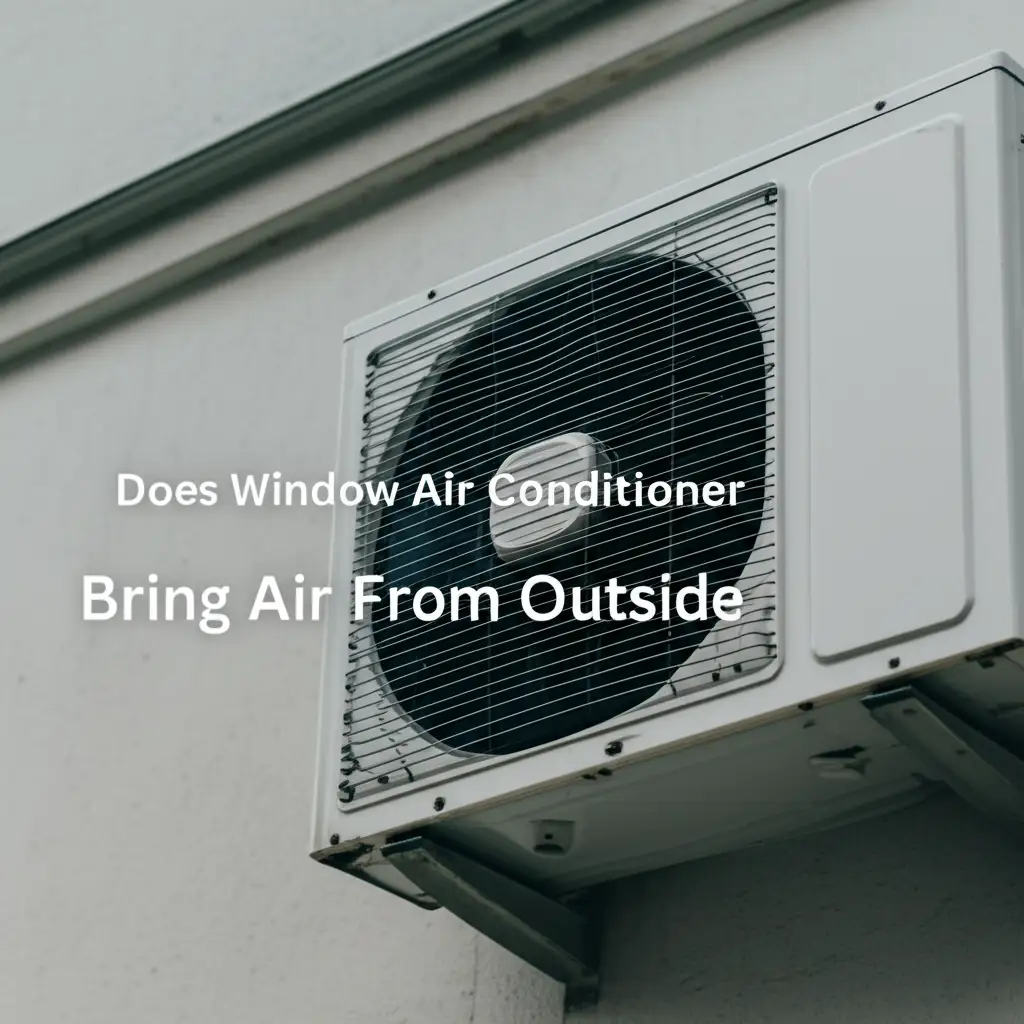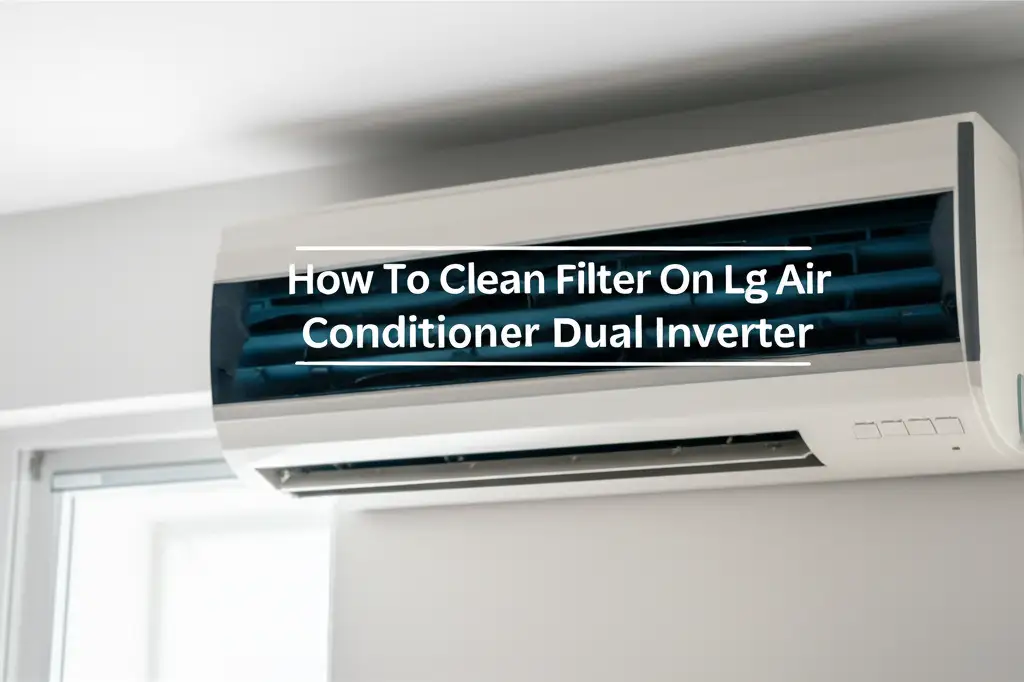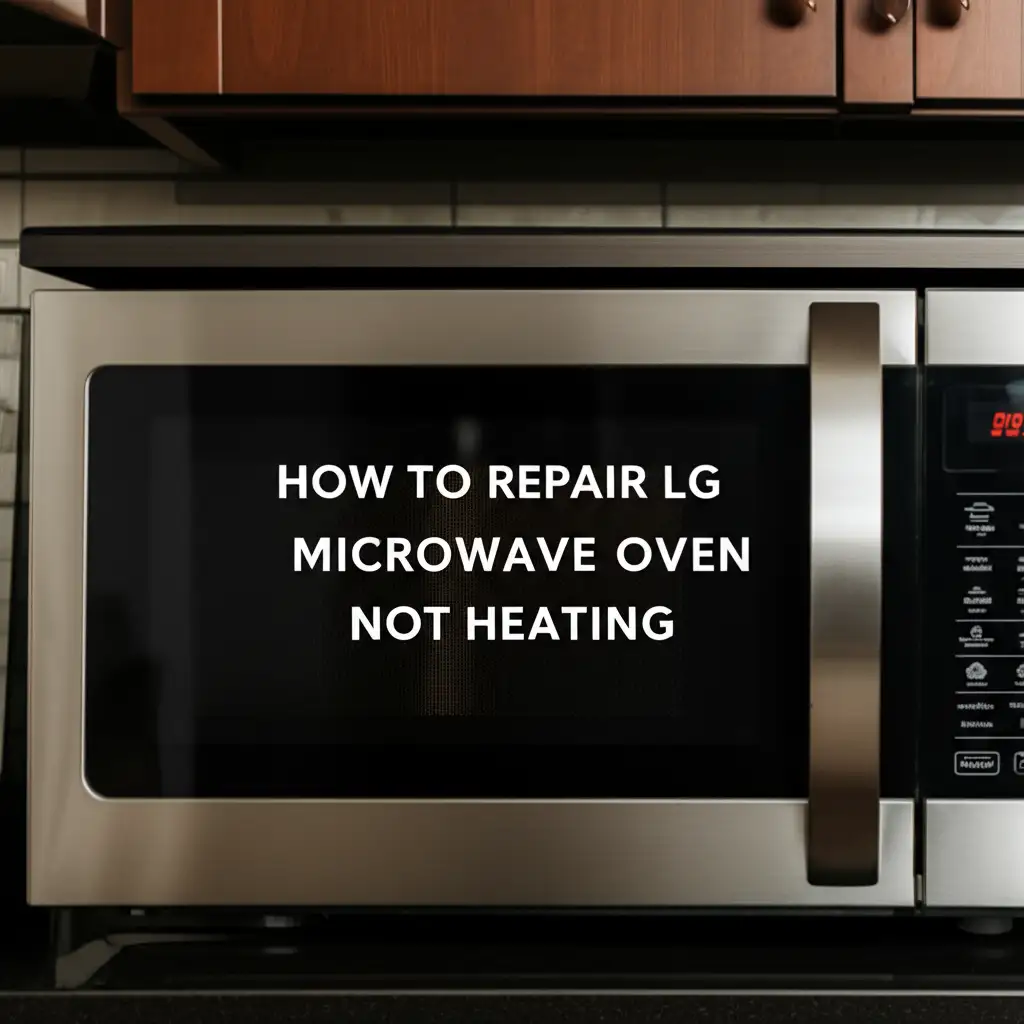· Todd Martin · Home Appliances · 21 min read
How Long Does Vicks Humidifier Take To Work
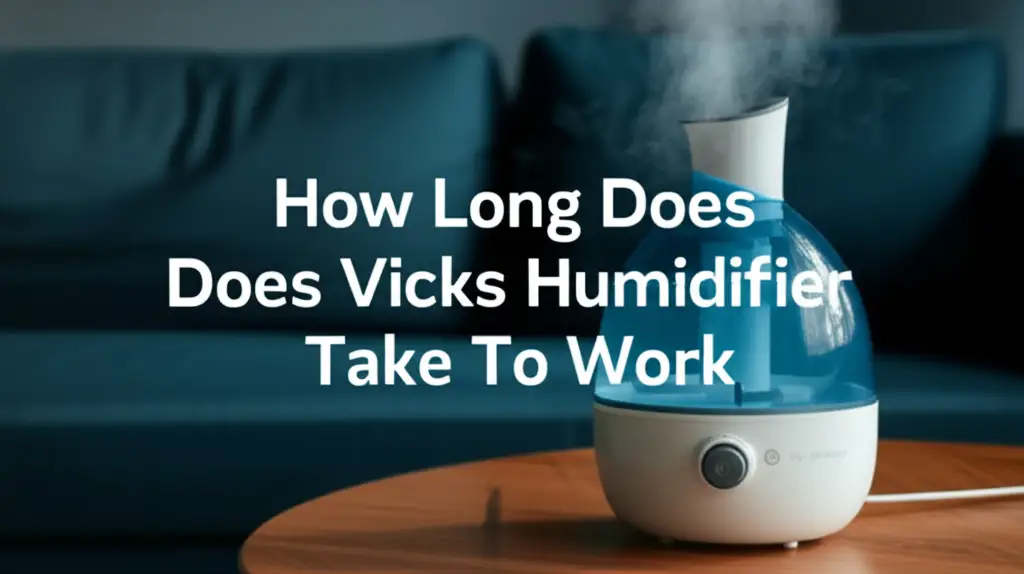
A Quick Guide to Vicks Humidifier Performance
Feeling the sting of dry air? Perhaps you wake up with a scratchy throat or notice your skin feels parched. Many people turn to humidifiers for relief, and Vicks is a trusted name in this space. You might wonder, “How long does Vicks humidifier take to work?” This is a common question, and the answer involves more than just plugging it in.
Getting your Vicks humidifier to effectively humidify your space depends on several elements. We will explore how these units function and the various factors that influence their humidifying speed. This article provides practical tips for optimal setup and maintenance. We will cover everything from understanding mist output to troubleshooting common issues. By the end, you will know exactly what to expect from your Vicks humidifier, ensuring you get the most out of it for better comfort and health.
Takeaway
- Initial Mist: Visible mist starts quickly, usually within minutes.
- Humidity Increase: Actual room humidity takes 1-8 hours, depending on room size and conditions.
- Optimal Performance: Ensure proper setup, regular cleaning, and correct water type for best results.
- Factors: Room size, initial dryness, humidifier model, and door/window closure affect speed.
A Vicks humidifier typically begins producing visible mist within minutes of being turned on. However, it takes approximately 1 to 8 hours for the unit to significantly increase the overall humidity level in a room. The exact time varies based on room size, initial humidity, humidifier type, and environmental factors.
Understanding How Your Vicks Humidifier Starts Working
When you first plug in your Vicks humidifier and switch it on, you expect to see results immediately. The initial activation is often quick. You will typically see a stream of mist or vapor emerge from the unit within a few minutes. This visible mist confirms that the device is running and beginning its work.
However, seeing the mist is only the first step. The unit creates tiny water particles that release into the air. These particles then disperse throughout the room. The true measure of a humidifier’s work is not just the visible mist, but how quickly it raises the overall relative humidity of the entire space. This process requires time for the moisture to spread evenly.
The ambient conditions of your room play a big role here. If your room is very large or extremely dry, the mist must work harder and longer to make a noticeable difference. The unit steadily adds moisture, but the air takes time to absorb it. Think of it like filling a large bathtub with a small faucet; it will take a while to fill completely.
Your Vicks humidifier steadily releases moisture into the air. The room’s existing dryness dictates how much moisture it needs to absorb. It takes consistent operation for the humidifier to achieve and maintain your desired humidity level. Knowing this helps you set realistic expectations for your unit’s performance. You can also refer to how to tell if your Vicks humidifier is working for more detailed indicators.
Key Factors Influencing Vicks Humidifier Performance Time
The time it takes for your Vicks humidifier to reach optimal humidity levels is not constant. Several key factors directly impact its speed and efficiency. Understanding these elements helps you set realistic expectations and optimize your humidifier’s performance. By considering these points, you can make informed decisions about your unit’s operation.
Room Size and Layout
The size of the room is arguably the most significant factor. A small bedroom will humidify much faster than a large living room or an open-plan area. Larger spaces require more mist over a longer period to achieve a noticeable change. An open layout also means the moisture can escape more easily, slowing down the process.
Consider the cubic feet of air your humidifier needs to affect. A unit designed for a 200 sq ft room will struggle to humidify a 500 sq ft space quickly. This mismatch leads to longer working times and potentially insufficient humidity levels. Always match your humidifier’s capacity to your room size for the best results.
Initial Humidity Levels
How dry is the air to begin with? If your home’s humidity is very low, say 20%, it will take considerably longer to raise it to a comfortable 40-50% than if it starts at 35%. The humidifier has more work to do to overcome extreme dryness. Extremely arid climates or homes with strong heating systems often experience very low indoor humidity.
You might need to run the humidifier almost constantly during colder months when heating systems dry out the air. Conversely, in more humid climates, it might reach optimal levels faster. A hygrometer helps you monitor your baseline humidity and track progress. This tool provides real-time data, allowing you to gauge the humidifier’s impact.
Humidifier Type and Capacity
Vicks offers various humidifier types, including warm mist, cool mist, and ultrasonic models. Each type disperses moisture differently. Warm mist units boil water, releasing sterile warm vapor, which can feel effective quickly due to the warmth. Cool mist humidifiers, whether evaporative or ultrasonic, release fine cool mist.
Ultrasonic models typically produce a very fine, visible mist almost instantly. Evaporative models, which use a wick filter, might take a bit longer for the wick to saturate and begin true evaporation. The unit’s capacity, often measured in gallons per day (GPD), directly indicates how much moisture it can add. A higher GPD rating means it can humidify a space faster. Choosing the right type and capacity for your needs is important.
Water Quality and Tank Fill Level
The type of water you use can indirectly affect performance over time. Hard water contains minerals that can build up on internal components, especially in warm mist and ultrasonic units. This mineral buildup, known as scale, can reduce the unit’s efficiency and mist output over time. Using distilled water can prevent this.
Additionally, ensuring the water tank is always adequately filled is essential. A low water level reduces the humidifier’s ability to produce mist. Some units even have an automatic shut-off when water is low. Always keep your Vicks humidifier filled to its maximum recommended level for continuous operation. This ensures consistent mist output and optimal performance.
Proper Setup for Optimal Vicks Humidifier Results
Getting your Vicks humidifier to work effectively and quickly starts with proper setup. A well-placed and correctly prepared unit performs far better than one simply plugged in haphazardly. Taking a few moments to set it up right saves you time and ensures you get the most out of your purchase. Follow these steps for the best results.
Strategic Placement in the Room
Where you place your Vicks humidifier significantly impacts how quickly it spreads moisture. Place it in a central location within the room if possible. This allows the mist to disperse evenly in all directions. Avoid placing it directly against a wall, in a corner, or under furniture. These spots can restrict airflow and mist distribution.
Keep the humidifier away from electronic devices, wooden furniture, and fabrics that could be damaged by excessive moisture. A hard, flat surface like a sturdy table or nightstand is ideal. Ensure there is enough clearance around the unit for air intake and mist output. Proper air circulation around the unit improves its efficiency.
Using the Right Water Type
The type of water you use in your Vicks humidifier matters. Tap water, especially hard tap water, contains minerals. When these minerals are released into the air, they can create a fine white dust. This dust can settle on surfaces and be inhaled. More importantly, mineral buildup inside the humidifier can clog components over time.
This buildup reduces mist output and overall efficiency. It makes the humidifier work harder and less effectively. For best results and to prolong the life of your unit, use distilled water. If distilled water is not practical, consider using a demineralization cartridge if your model supports it. Regular cleaning becomes even more critical with tap water.
Filling the Water Tank Correctly
Always follow your Vicks humidifier’s instructions for filling the water tank. Most units require you to remove the tank, fill it from the bottom, and then securely replace the cap. Ensure the tank is filled to the designated “max fill” line. Overfilling can lead to leaks, while underfilling can cause the unit to run dry quickly or not produce enough mist.
After filling, ensure the tank is properly seated on the base. A misaligned tank can prevent water from flowing into the misting chamber. This can stop the unit from producing mist or cause it to leak. A securely placed tank ensures a steady water supply to the humidifier’s operating parts.
Powering On and Adjusting Settings
Once your Vicks humidifier is filled and placed correctly, plug it into a suitable electrical outlet. Do not use extension cords if possible. Many Vicks models have different settings for mist output. Start with a higher setting to quickly raise the humidity. Once the desired level is reached, you can lower the setting to maintain it.
Some units may have a humidistat or variable mist control knob. Understand how to use these features to your advantage. A humidistat allows the unit to automatically turn on and off to maintain a specific humidity level. This saves energy and prevents over-humidification. Proper setting adjustments ensure efficient operation.
Maximizing Efficiency and Faster Humidity Rise
You want your Vicks humidifier to work its magic as quickly as possible. While factors like room size are fixed, you can take active steps to maximize your humidifier’s efficiency. These actions help your unit reach the desired humidity level faster and maintain it more consistently. Implementing these tips makes a noticeable difference.
Containing the Humidity
The most effective way to help your humidifier work faster is to contain the moisture it produces. Close all doors and windows in the room where the humidifier is operating. This prevents the humidified air from escaping. It also stops dry air from entering the space. Think of it like heating a room; you close windows to keep the warmth in.
Containing the humidity means the humidifier does not have to constantly fight against escaping moisture. This allows the unit to build up humidity more quickly and efficiently. If you are humidifying a bedroom, ensure the door remains shut while you sleep. This simple step significantly speeds up the humidification process.
Running Continuously (Initially)
When you first start using your Vicks humidifier, especially in a very dry environment, run it continuously. Do this until the room reaches your desired humidity level. This initial continuous operation allows the unit to work at its maximum capacity. It quickly infuses the air with moisture. Once the humidity level is comfortable, you can switch to intermittent use or use a humidistat.
Avoid turning the humidifier on and off frequently during the initial humidification phase. Consistent operation helps the air absorb moisture more effectively. Your goal is to saturate the air to the point of comfort. This continuous run time helps achieve that saturation.
Utilizing a Humidistat for Monitoring
A separate hygrometer or a built-in humidistat is an invaluable tool. A hygrometer measures the relative humidity in the room. This tells you exactly how dry or humid your air is. Knowing the current humidity level allows you to track your humidifier’s progress. It also prevents you from over-humidifying.
Many Vicks humidifiers come with a humidistat. This feature allows you to set a target humidity level, say 45%. The unit then automatically turns on when the humidity drops below this level and turns off when it reaches it. This automates the process and ensures consistent, optimal humidity without constant manual adjustments.
Regular Cleaning and Maintenance
Regular cleaning is not just about hygiene; it is crucial for efficiency. Mineral buildup from water, mold, and mildew can clog internal components. These blockages restrict mist output. A dirty humidifier works less effectively and takes much longer to humidify a room. It can also emit unpleasant odors or distribute unhealthy particles.
Follow your Vicks humidifier’s cleaning instructions diligently. This usually involves daily rinsing of the tank and base. It also includes weekly descaling with vinegar or a commercial cleaner. A clean humidifier operates at peak performance, ensuring consistent and fast mist production. For detailed guidance, see how to clean Vicks humidifier or a general guide on clean humidifier how to.
What to Expect: Timelines for Different Room Sizes
The size of your room is a primary determinant of how long your Vicks humidifier takes to work. There is no one-size-fits-all answer. However, we can provide general timelines based on common room dimensions. These estimates assume your humidifier matches the recommended coverage area for that space.
Small Bedroom or Office (100-200 sq ft)
For a compact space like a small bedroom, home office, or nursery, your Vicks humidifier will work relatively quickly. If the room is roughly 10x10 feet to 10x20 feet, you can expect noticeable changes within 1 to 2 hours. This timeline assumes you keep doors and windows closed. The unit quickly saturates the smaller air volume.
For these rooms, a personal or small-room humidifier is usually sufficient. You might feel the air getting less dry within the first hour. Achieving the ideal 40-50% humidity level typically happens within the second hour. Running it overnight usually maintains comfort.
Medium-Sized Room (200-400 sq ft)
A medium-sized room, such as a larger bedroom, a standard living room, or a dining area, requires more time. These spaces might range from 15x15 feet to 20x20 feet. For these dimensions, expect your Vicks humidifier to take between 2 to 4 hours to make a significant impact. The unit has a larger volume of air to humidify.
You might need a humidifier with a medium capacity (often labeled for “medium rooms”). Running it on a higher setting initially helps speed up the process. After 3-4 hours, you should feel a distinct improvement in air quality. Consider using a humidistat to monitor progress and maintain the desired level.
Large Open Area or Multiple Rooms (400+ sq ft)
Humidifying a large, open-concept living space, a family room, or trying to affect multiple adjacent rooms presents the biggest challenge. These areas are 400 square feet or more. In such cases, a single Vicks humidifier might take 4 to 8 hours or even longer to make a substantial difference. Sometimes, one unit may not be enough.
For very large spaces, you might need a whole-house humidifier. Alternatively, consider using multiple smaller Vicks humidifiers placed strategically throughout the area. Place them in different corners to cover more ground. Even with multiple units, achieving and maintaining optimal humidity in such large spaces requires consistent operation. These spaces often have more air exchange, making it harder to contain the moisture.
Troubleshooting Common Issues Affecting Humidifier Speed
Sometimes, your Vicks humidifier might not seem to be working as quickly as you expect. This can be frustrating, especially when you need quick relief from dry air. Many common issues can slow down or stop your humidifier’s performance. Fortunately, most of these problems are easy to diagnose and fix.
No Mist or Low Mist Output
This is the most common sign of a problem. If your Vicks humidifier is producing no mist or very little, check a few things. First, ensure the water tank is full and correctly seated on the base. A loose tank prevents water from flowing to the transducer or heating element. Second, check if the unit is properly plugged in and powered on.
For ultrasonic models, mineral buildup on the vibrating disc (transducer) is a frequent culprit. This scale prevents the disc from vibrating efficiently. For warm mist models, a clogged heating element or mineral accumulation can reduce boiling. Regular cleaning solves these issues. If the unit still has issues, consult the manual for troubleshooting specific to your model. You can also refer to how to get my Vicks humidifier to steam.
Unit Keeps Turning Off
If your humidifier turns off unexpectedly, it is usually due to a safety feature. Most Vicks humidifiers have an automatic shut-off when the water level is too low. Check the water tank first; it likely needs a refill. Some units also have a safety feature that turns them off if they overheat.
Ensure the air vents are not blocked, allowing proper airflow. A clogged filter (in evaporative models) can also cause issues that lead to automatic shut-off. If the unit keeps turning off shortly after filling, there might be a sensor issue or a deeper malfunction. For more help, explore why does my Vicks humidifier keep turning off.
Mineral Buildup and Hard Water Problems
Hard water contains dissolved minerals like calcium and magnesium. As water evaporates or is misted, these minerals are left behind. Over time, they accumulate as scale on the heating element, transducer, wick filter, or in the water tank. This buildup reduces efficiency.
Scale acts as an insulator, making heating elements less effective or dampening the vibrations of ultrasonic discs. This leads to reduced mist output and longer humidification times. Regularly descale your humidifier using white vinegar or a descaling solution recommended by Vicks. Using distilled water can largely prevent this issue.
Unpleasant Odors or Discolored Water
If your humidifier smells moldy or musky, or if the water in the tank looks discolored, it indicates a buildup of bacteria, mold, or mildew. These contaminants thrive in stagnant water. A dirty humidifier will not only work slowly but can also disperse unhealthy particles into your air.
This issue directly impacts the effectiveness and safety of your humidifier. Daily rinsing of the tank and base is crucial. Perform a deep cleaning with a bleach solution (as per manufacturer guidelines) or vinegar at least weekly. Never let water sit in the tank for extended periods when the unit is not in use.
Incorrect Room Placement
As mentioned earlier, placement is key. If your Vicks humidifier is tucked away in a corner, placed too close to a wall, or has its mist output directed at a piece of furniture, it cannot spread moisture effectively. This makes it seem like the humidifier is working slowly or not at all.
Ensure the unit is on a stable, elevated surface. It should have at least 6-12 inches of clearance around it for proper airflow and mist dispersal. A central location in the room is ideal. Correcting placement is a simple fix that can significantly improve performance.
The Benefits of Proper Humidity and Long-Term Use
A Vicks humidifier is not just for quick relief; it offers numerous long-term benefits for your health and home. Understanding these advantages reinforces the importance of consistent use and proper maintenance. Investing time in your humidifier’s care pays off in comfort and well-being.
Enhanced Respiratory Comfort
One of the primary benefits of maintaining optimal indoor humidity (between 40-60%) is improved respiratory health. Dry air can irritate your nasal passages, throat, and lungs. This irritation often leads to a dry cough, scratchy throat, and increased susceptibility to colds and flu. A humidifier adds moisture to the air.
This moisture helps keep your mucous membranes moist and healthy. Moist membranes are better at trapping airborne particles and pathogens, preventing them from entering your respiratory system. For those suffering from allergies, asthma, or common cold symptoms, a Vicks humidifier provides significant relief by soothing irritated airways. It makes breathing easier and more comfortable, especially at night.
Soothed Skin and Hair
Dry air is notoriously harsh on your skin and hair. It strips away natural moisture, leading to dry, itchy, and flaky skin. You might notice chapped lips or even cracked heels in very dry conditions. Your hair can also become brittle and prone to static electricity.
A consistently humidified environment helps your skin retain its natural moisture. This results in softer, smoother skin and healthier-looking hair. It can alleviate conditions like eczema and psoriasis, which often worsen in dry air. Using a humidifier is like giving your skin and hair a constant, gentle hydration treatment.
Protection for Your Home and Furnishings
It is not just your body that suffers from dry air; your home does too. Wooden furniture, hardwood floors, musical instruments, and even artwork can crack, warp, or become damaged in overly dry conditions. Low humidity causes wood to shrink and lose its structural integrity.
Maintaining a stable humidity level protects these valuable investments. It helps wood retain its moisture content, preventing cracking and warping. Additionally, humidified air can reduce static electricity. This reduces annoying shocks and protects sensitive electronics. Your plants will also thrive better in a moderately humid environment.
Reduced Spread of Viruses
Research suggests that maintaining indoor humidity levels between 40% and 60% can help reduce the airborne transmission of viruses, including influenza. Viruses tend to survive longer and spread more easily in very dry air. When the air is adequately humidified, respiratory droplets carrying viruses may fall out of the air more quickly.
This reduces the time they remain suspended and available for inhalation. While a humidifier is not a cure or a complete preventative measure, it adds another layer of protection. It contributes to a healthier indoor environment, especially during cold and flu season. Consistent long-term use supports a healthier home.
Improved Sleep Quality
Many people find that sleeping in a properly humidified room leads to better sleep. Dry air can cause snoring, nasal congestion, and a parched mouth, waking you up throughout the night. By keeping your airways moist, a humidifier can alleviate these issues.
It helps you breathe more freely and comfortably. This leads to fewer sleep disturbances and a more restful night’s sleep. For children, especially infants, a humidifier can be invaluable in soothing coughs and congestion, helping them sleep more soundly. The gentle hum of some units also acts as white noise, aiding relaxation.
FAQ Section
Q1: Can I speed up my Vicks humidifier?
You can take steps to speed up your Vicks humidifier’s effectiveness. Close doors and windows in the room to contain the moisture. Ensure the unit is properly positioned in a central location, not against a wall. Use distilled water to prevent mineral buildup, which can reduce efficiency. Starting the unit on a higher mist setting also helps to quickly saturate the air.
Q2: How do I know if my Vicks humidifier is working effectively?
The most reliable way to know if your Vicks humidifier is working effectively is by using a hygrometer. This device measures the relative humidity in the room. Aim for 40-60% humidity. You should also feel the air becoming less dry, notice an improvement in respiratory comfort, and potentially see less dry skin. Visible mist indicates operation, but a hygrometer confirms efficacy.
Q3: What is the ideal humidity level for a room?
The ideal indoor humidity level for comfort, health, and protecting your home is generally between 40% and 60%. Levels below 30% can cause dry skin and respiratory irritation. Levels above 60% can promote mold growth, dust mites, and condensation. Using a humidistat or hygrometer helps you maintain this optimal range consistently.
Q4: How often should I run my Vicks humidifier?
You should run your Vicks humidifier as needed to maintain the ideal humidity level (40-60%). In very dry climates or during heating season, this might mean running it continuously. Many modern units have humidistats that automate this. Otherwise, run it until the air feels comfortable, typically during sleep or when experiencing dry air symptoms.
Q5: Does room temperature affect humidifier performance?
Yes, room temperature can affect humidifier performance, though indirectly. Colder air holds less moisture than warmer air. If your room is very cold, the humidifier might struggle to raise the relative humidity quickly, as the air has a lower capacity for moisture. However, the humidifier itself produces mist regardless of ambient temperature.
Q6: Can I use VapoPads to make my humidifier work faster?
VapoPads do not affect how fast your Vicks humidifier humidifies the air. VapoPads are designed to release soothing aromatic vapors (like menthol or eucalyptus) to help with congestion. They enhance the therapeutic benefits but do not alter the unit’s ability to add moisture to the air or speed up the humidification process itself.
Conclusion
Understanding “How long does Vicks humidifier take to work” involves more than just a quick glance at the mist. While your Vicks humidifier begins producing mist within minutes, the actual time it takes to significantly increase a room’s humidity depends on several factors. Room size, the initial dryness of the air, and the specific Vicks humidifier model all play crucial roles in this process. Smaller rooms can reach optimal humidity in 1-2 hours, while larger spaces might take 4-8 hours or more.
Ensuring proper setup, such as strategic placement and using distilled water, is key to maximizing efficiency. Regular cleaning also prevents mineral buildup and maintains peak performance. By containing the humidity and running your unit continuously when needed, you can help it reach desired levels faster. Ultimately, consistent use of your Vicks humidifier contributes to improved respiratory comfort, healthier skin, and a better protected home environment. Enjoy the soothing benefits of properly humidified air.


